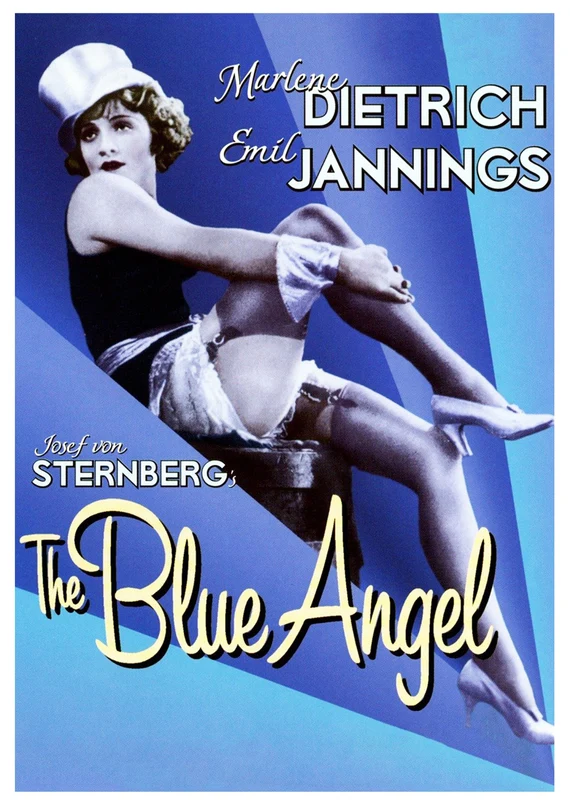
Characteristics of the Anima in Film
(from The Jung Page, October 2013)
The anima in film is much like the anima anywhere else: a confusing, deceptive presence with the capacity to engender inner transformation. Perhaps the only advantage a film-goer has (in common with the individual who can remember dreams) is that the archetype is visible as well as effective. For that reason, I have frequently turned to movies to understand better the typical role of the anima, and my hunger, as a clinician, to get a clearer sense of the functioning of this unconscious feminine presence has not gone unsatisfied. What I will offer here is a guide for exploring the anima through film, as well as an indication of some things film has helped me to discover about the anima’s function in relation to other archetypes of the psyche, most particularly the persona.
I do not think it is appropriate to call every woman in film an anima figure, although the luminous representation has the important characteristic of turning a human being into an image that can be manipulated to aesthetic effect by a supraordinate creative personality, the film director. The director’s role in making a film is already, therefore, not unlike that of the Self in creating dreams. The Self seeks to achieve the goals of the total psyche by affective stimulation of the ego through images that are no longer simple representations but feeling toned complexes of unconscious life made to simulate conscious reality so that consciousness will take heed of them and hear out the important “home truths” they are there to convey. Of these feeling-toned complexes that mediate, in the regulation of psychic balance, between Self and ego, none has such a memorable effect as the anima (which is why so many women are not content with Jung’s insistence that their mediating figure appears as a male, the animus). In a movie, the importance of the female image in stimulating emotionally relevant fantasy is obvious. One has only to point out the heavy emphasis the motion-picture medium has always placed upon its leading actresses.
Not every leading female character in a film is an anima figure, but often there are unmistakable signs that an unconscious, rather than conscious, figure is intended. It may be useful at the outset to specify some of these signs: [Go to Article on The Jung Page]
